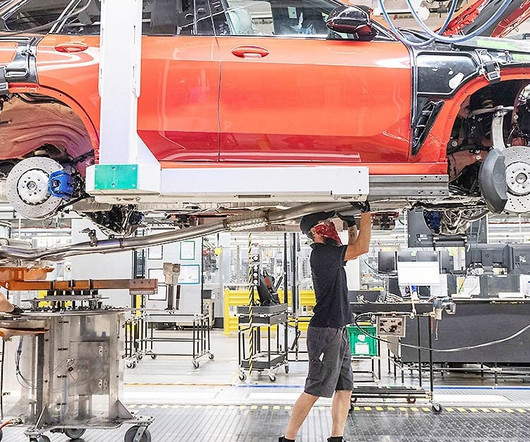Study of Sustainable Value in Automobile Manufacturing Finds Mixed Performance for Most OEMs, BMW and Toyota as the Clear Leaders
Green Car Congress
NOVEMBER 6, 2009
Sustainable Value Margin—the ratio of Sustainable Value to sales—for each of the evaluated manufacturers. BMW and Toyota are consistent leaders in sustainable value. The BMW Group and Toyota are consistent industry leaders, creating extremely positive Sustainable Value over the entire review period—i.e., Click to enlarge.












Let's personalize your content